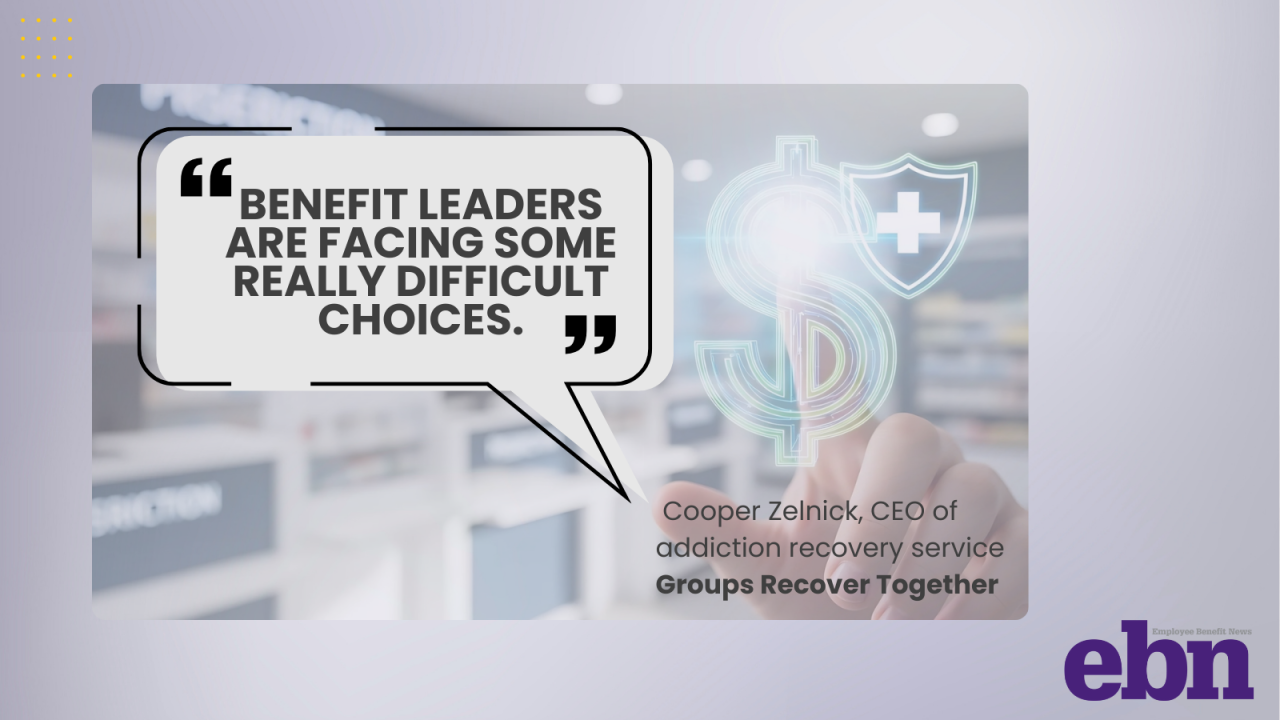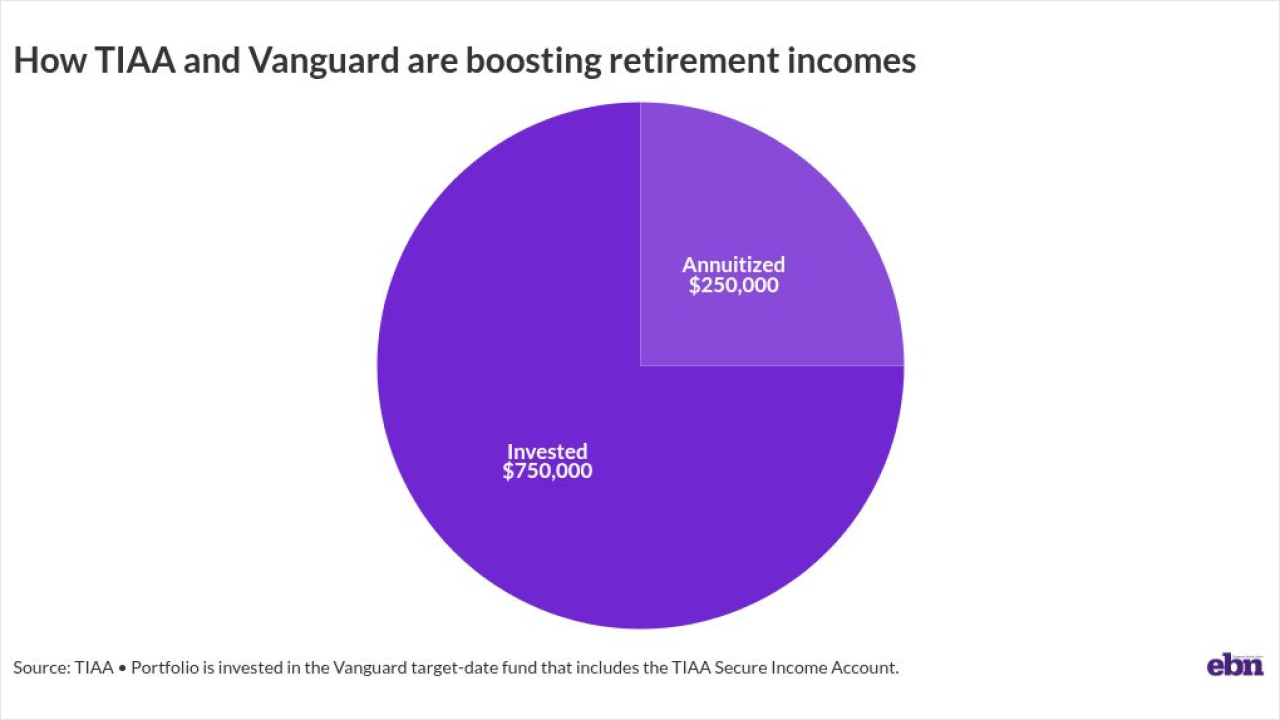Whether someone is a recent college graduate or
These employee benefits will also be increasingly necessary, as the Trump administration seeks to shut down former President Biden's SAVE plans, which impacts nearly 7.7 million borrowers, and is also placing limits on
Patricia Roberts, a 529 expert, author and chief operating officer at education funding platform Gift of College, explains the changes that are taking place following the bill's passing on July 4, and why a college savings strategy can positively impact every generation in the workforce.
Read more:
How Trump's law impacts student loan repayment
Section 70412 of the Act permanently extends
Meanwhile, some borrowers will see their payments increase following the expiration of former President Biden's SAVE relief plans, and future borrowers have fewer repayment options beginning in 2026. Any borrower currently with a SAVE plan will have until July 1, 2028 to change plans, as SAVE will officially be shut down. Republican lawmakers are also planning to shut down PLUS loans for graduate programs.
Currently, just 8% of employers offer student loan repayment benefits, according to data from the
"As employers reflect on the stress of student loan debt, they now know they can permanently offer this assistance that's free of income tax to the employee, free of payroll tax to the employer, and a business tax deduction for the employer. It's a win-win-win," she says.
Read more:
Expanded 529 uses under the OBBBA
By offering 529 benefits, employers can help workers avoid student loan debt in the first place, Roberts says. Because people can open a 529 plan for themselves or others, these are excellent options for employees looking to further their education or set up savings for their children, grandchildren, or other loved ones. Roberts notes that they also help those who have loan debt already: Up to $10,000 from a 529 can be used over the life of the account to pay down student loan debt for the beneficiary or sibling.
Most people associate 529s with college tuition savings accounts, but their uses are much more broad — including certain K-12 expenses — and these have been further expanded by the OBBBA. Roberts explains that, effective immediately, the expansion includes textbooks, tutoring, test fees and preparation costs, and dual enrollment fees for high school students taking college classes. As an additional enhancement, effective 1/1/2026, the $10,000 that can currently be used for K-12 education will increase to $20,000.'
Educational therapies for students with disabilities, such as occupational therapy, physical therapy and speech language therapy, are also now covered when they're in connection with K to 12 education, she adds.
"Anything we can do to help families prepare their students for higher education is a really useful thing," Roberts says. "These changes are extremely useful right now, as well as down the line, for students who may pursue some form of post-secondary education later on."
Under the OBBBA, more opportunities for technical and trade credentials and certifications will also be available.
"These are likely to be non-degree pursuits, but rather something else that supports an individual, such as occupational credentials, industry-recognized certificates and more, along with enrollment and testing fees," Roberts says. "Some examples could be commercial vehicle training, mechanics training, computer certificates, project management, continuing education for various professions and so much more. These are shorter-term pursuits that can lead to really long term success."
Read more:
Roberts emphasizes that the broader reach of 529 funds means people can save not only for the next generation, but maybe for their own adult learning and their own career advancement — and employers in any industry can set themselves apart by offering 529 education and contributions that help people achieve their goals.
"It's going to provide people with a lot more flexibility in terms of choosing careers and training that best suits their interests," she says. "529s are allowing people to pursue many different paths, and employers have more reasons than ever to offer 529 benefits, given not only the broader impact on employees' families, but also on the employees themselves."
Read more about the OBBBA's impact on employers:
How Trump's One Big Beautiful Bill could boost benefits enrollment How Trump's One Big Beautiful Bill Act will increase employer healthcare costs CMMI and the One Big Beautiful Bill Act is all in on prevention Free lunch? Not under Trump's new law Trump's new law cuts both ways for Social Security beneficiaries






